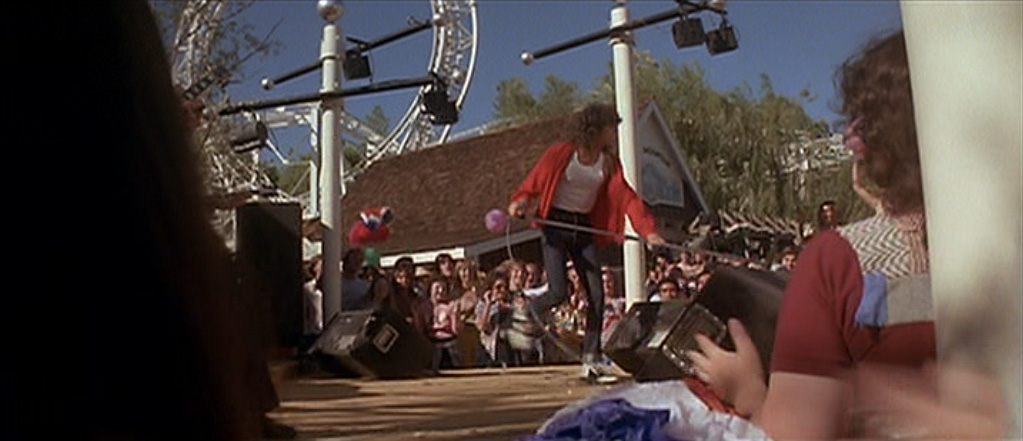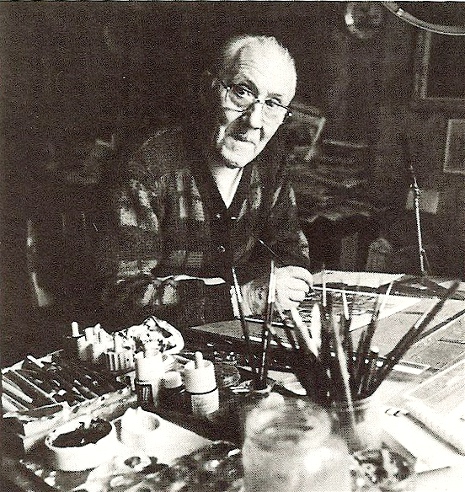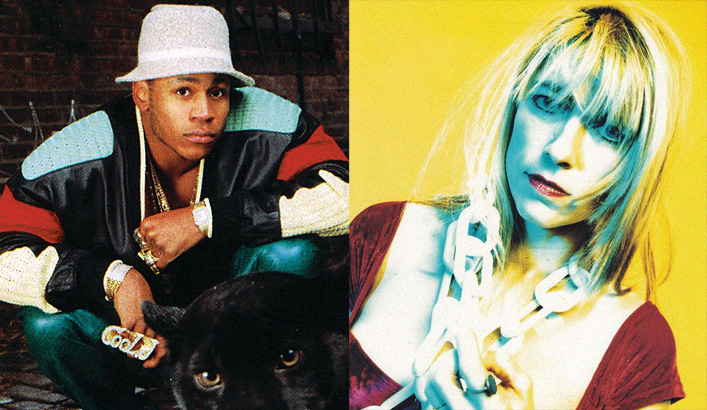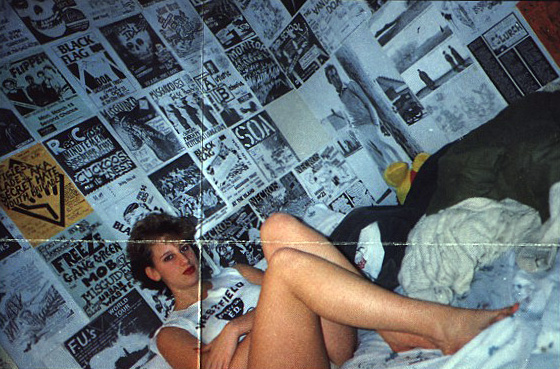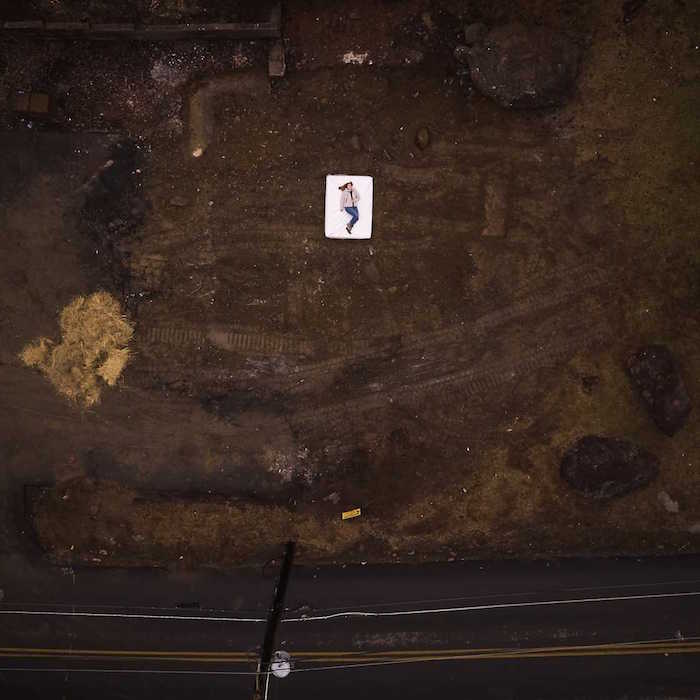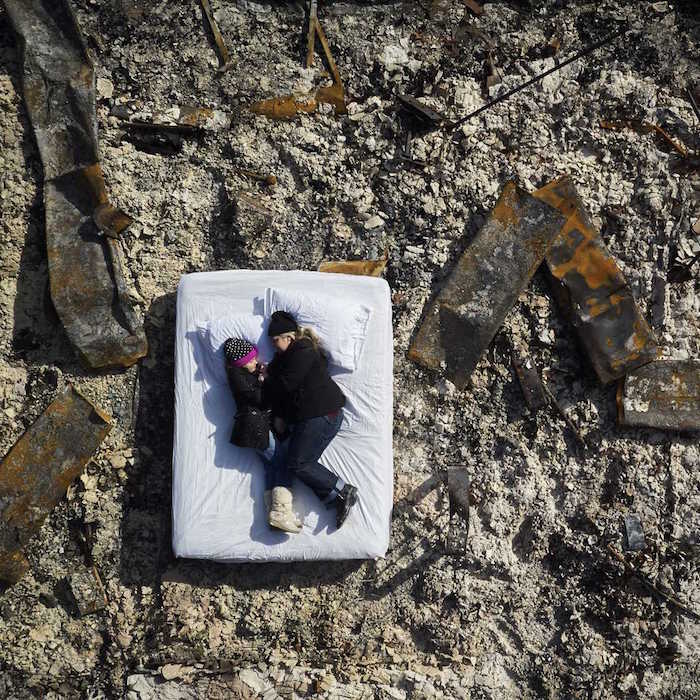
It sorta all shook out the same way, really. Promising start followed by a long, slow slog to oblivion. While it might’ve been a one-off goof, Gary Coleman’s appearance in a 1993 video by New York boogie-rock champs Raging Slab was essentially the last real flash of light for both of ‘em. It’s probably the second thing on a pretty short list of what most people remember about Gary Coleman and the only thing most people remember about Raging Slab. And that’s a drag, because they both deserve better.
Raging Slab might be one of the most ill-starred bands this side of their spiritual and musical forebears, Lynyrd Skynyrd. The band was formed in NYC in 1983 by husband and wife team Greg Strzempka and Elyse Steinman (vox/guitar, slide guitar). The earliest incarnation of the band included future Warrior Soul riot-starter Kory Clarke on drums and one DJ Dimitri (later of house music legends Dee-Lite), and their aggressively retro southern rock style flew in the face of 80’s new wave and glam metal. Nobody wanted to sound like Foghat in 1983, not even Foghat. But Raging Slab did.
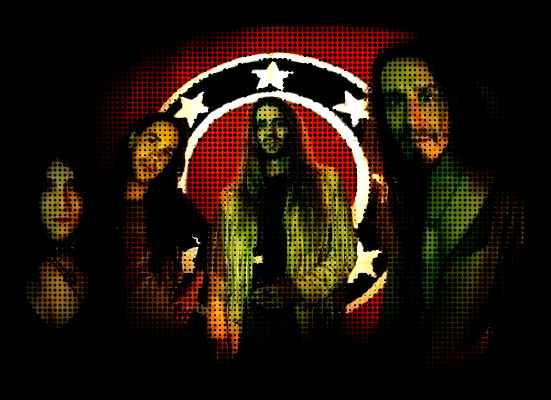
Despite their twirly mustaches and mid 70’s hustle, the band eventually carved out their own niche, and in 1987 they released their first album, the audacious-in-every-way Assmaster. It came with its own comic book, created by Marvel artists Pat Redding and Pete Ciccone, portraying the band as groovy, muscle-bound superfreak superheroes. It sounded like a comic book, too. Much like dope metal heroes Monster Magnet, the band embraced 70s junk culture with religious fervor, creating a brightly-colored alt-world splashed with boogie vans, pot leaves and American flag motorcycle helmets with riffs that could topple evil space tyrants from the Forbidden Zone. They were like Elvis, the Fonz and Evel Knievel jamming on “Freebird” at the Grand Canyon forever and ever… And Assmaster was a stone-cold classic. No doubt about it.
Raging Slab signed to RCA and released a self-titled follow-up in 1989. It was a fitting successor to their debut, filled with tasty slide guitar and crunching riff-rock. Lead single “Don’t Dog Me” had a hot hit video, and the band toured the country, sometimes with southern rockers like Molly Hatchet and sometimes with glam-bangers like Warrant. Things were looking up, despite rapid turnover in the ranks, particularly in the drummer department. But RCA hated the next two records and didn’t even bother releasing them, eventually dropping them/pawning them off to Rick Rubin and Def American. Raging Slab been slipping below the radar for years so when comeback album Dynamite Monster Boogie Concert was ready to hit the bins in spring of ‘93, it was preceded by a single so infectious and a video so over-the-top that no one could resist it. “Anywhere But Here” featured the chick from the cover of Funkadelic’s Maggot Brain album (sorta), funky 70s puppet “Lester” (sorta) and real Diff’rent Strokes star Gary Coleman running around a magical mini-golf course while the band rocks out in front of a candy-colored castle. There’s fire and bubbles and shiny gold medallions and everybody looks like they’re having the time of their lives. Which is good, because that’s the best it got for all involved.

Gary Coleman starred in Diff’rent Strokes for eight seasons. Stricken with a rare kidney disease, Coleman stayed kid-size well into adulthood. Piles of sitcom cash would’ve lessened the blow but his parents mismanaged his fortune and left him in the unenviable task of being really famous and really broke. So sure, get dwarf-tossed by a couple of Mexican muskrat (?) marionettes on the set of a rock video, why not? Could be the start of something big.
It wasn’t.
Keep reading after the jump…









